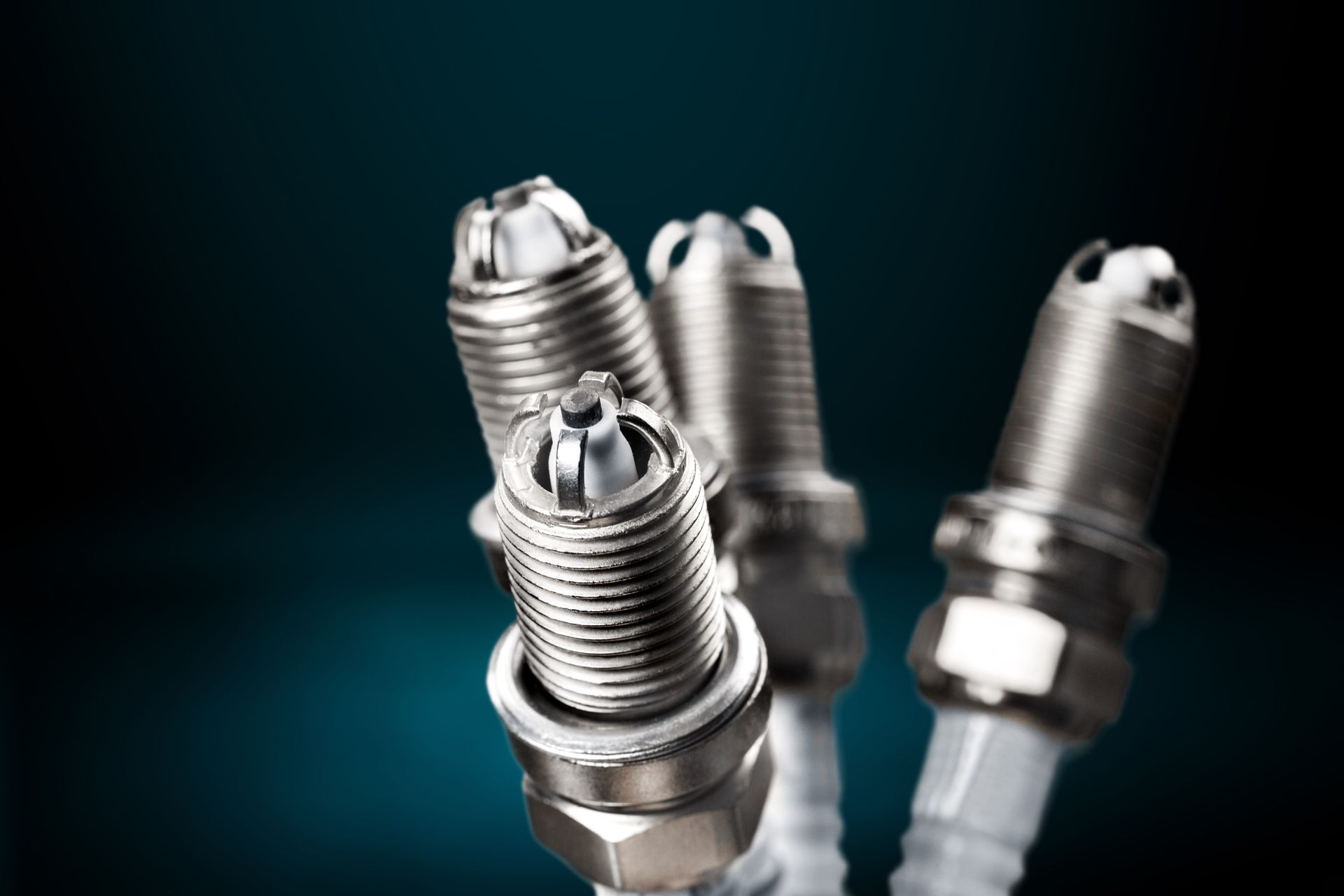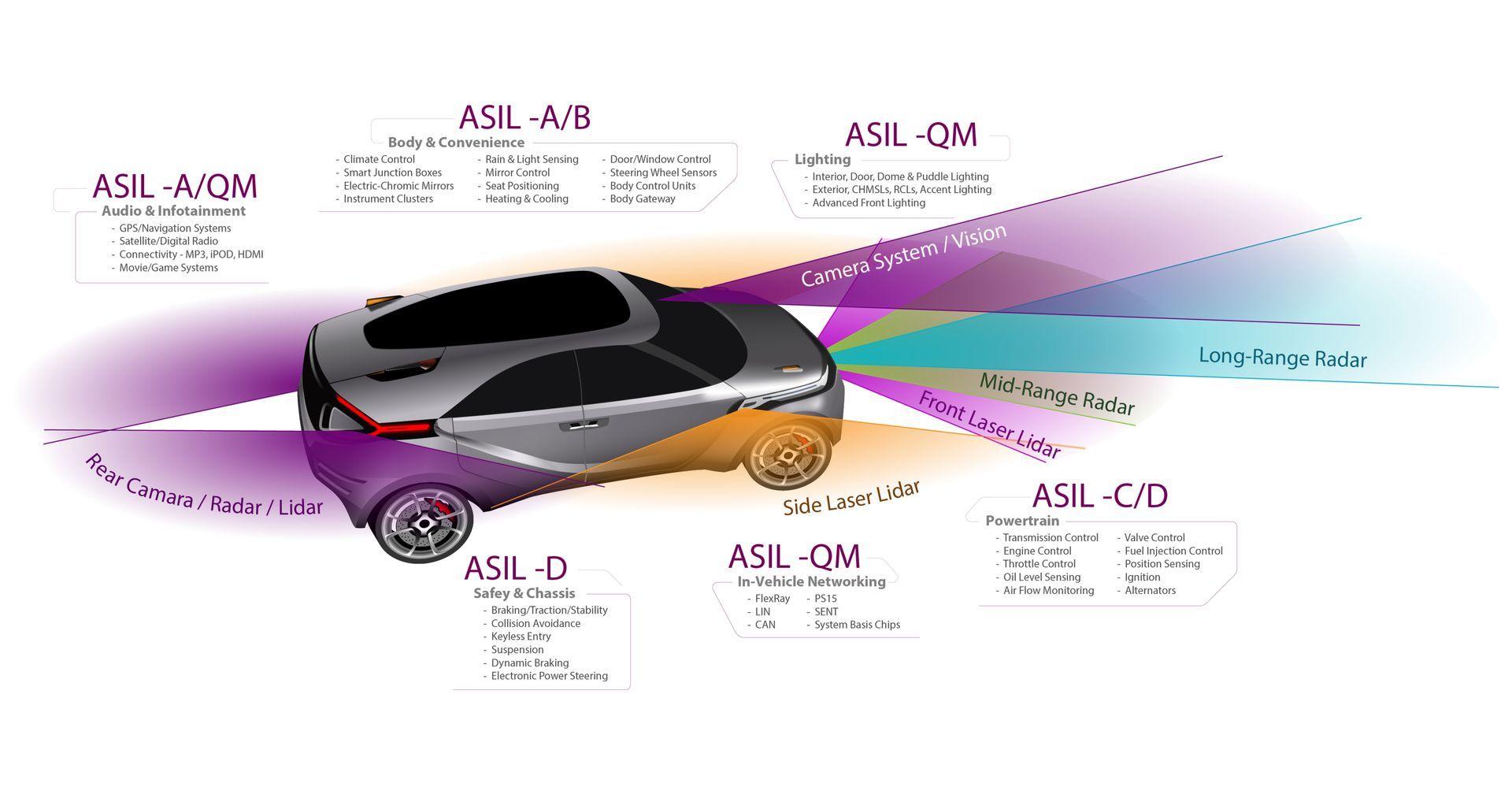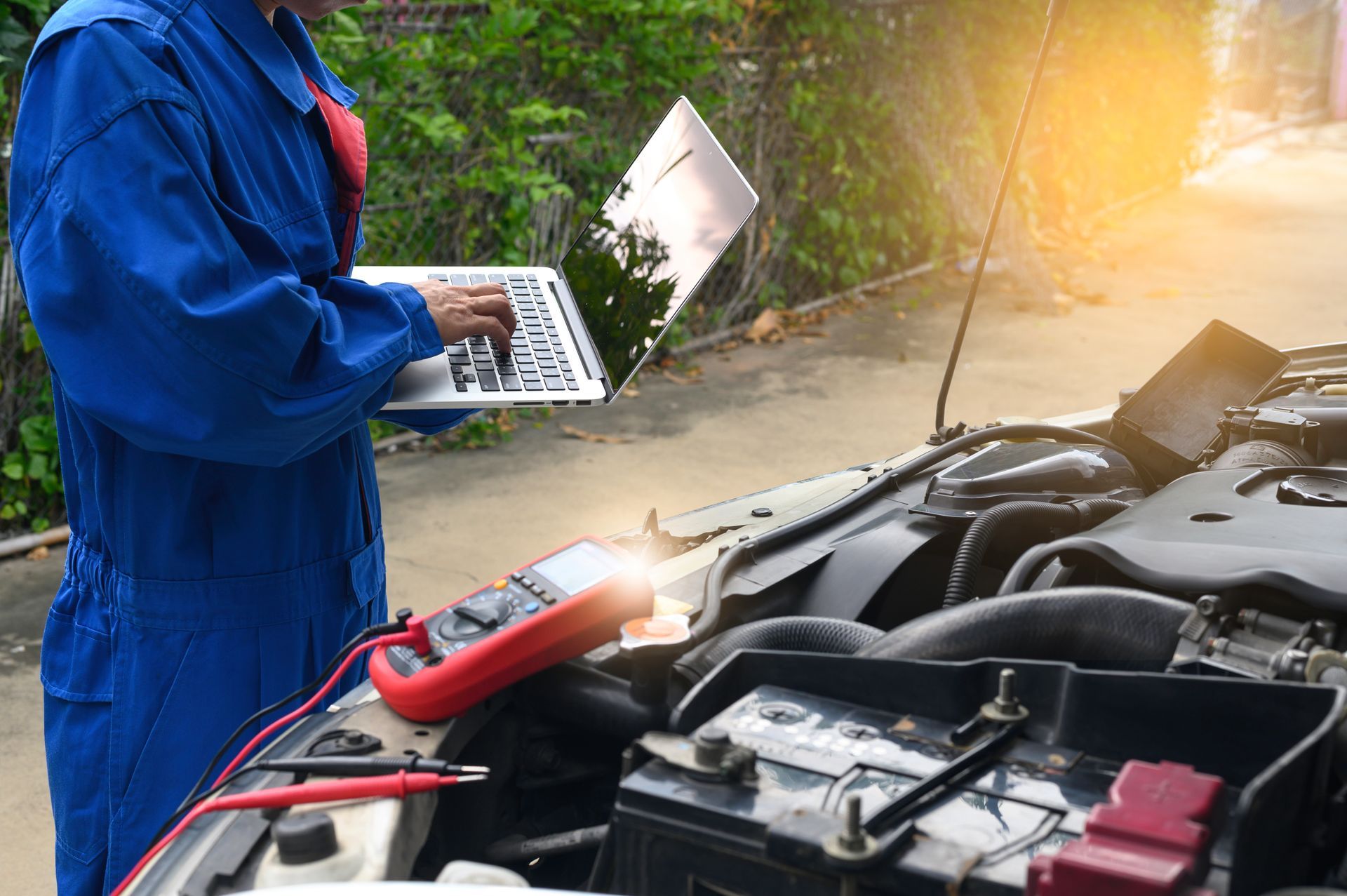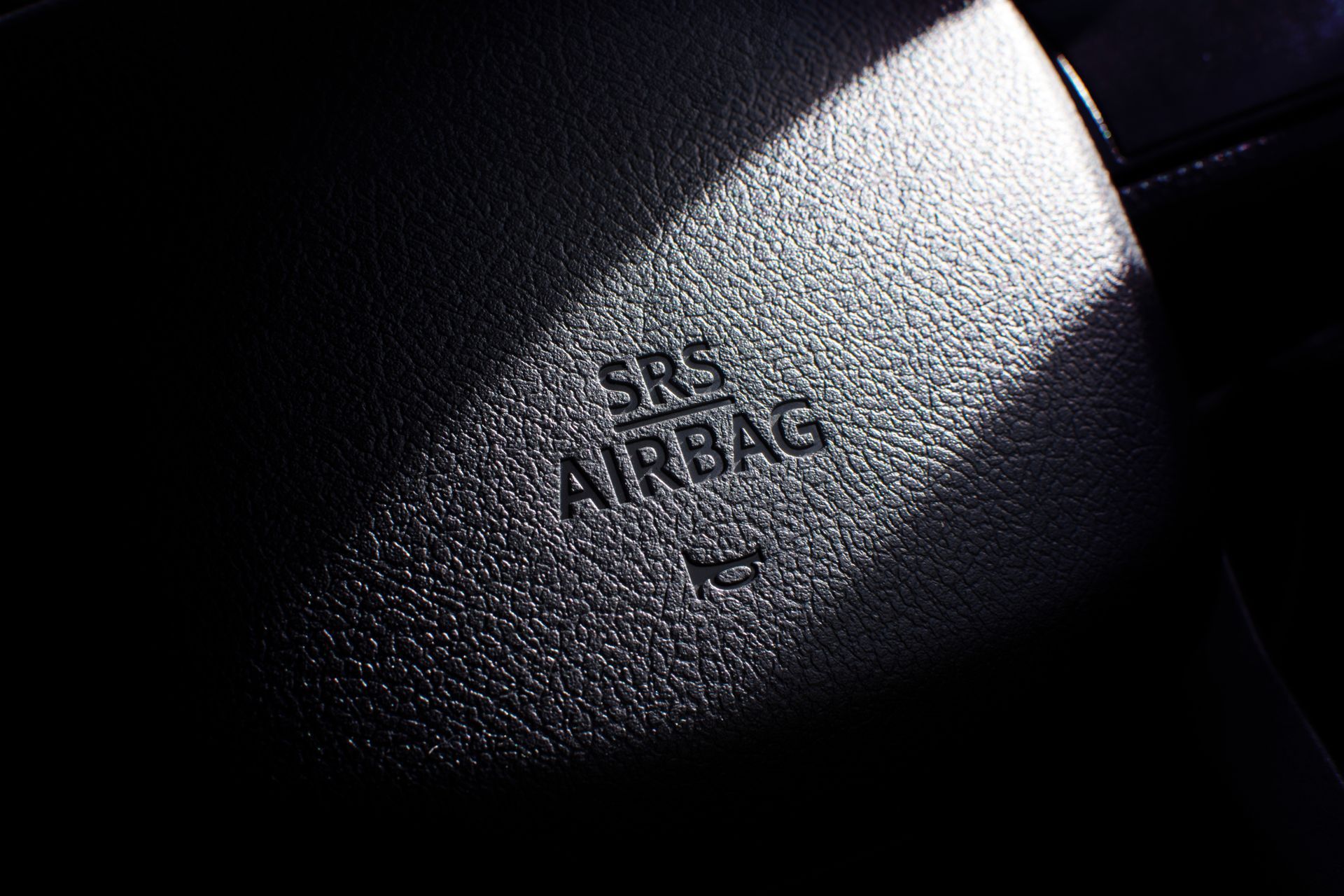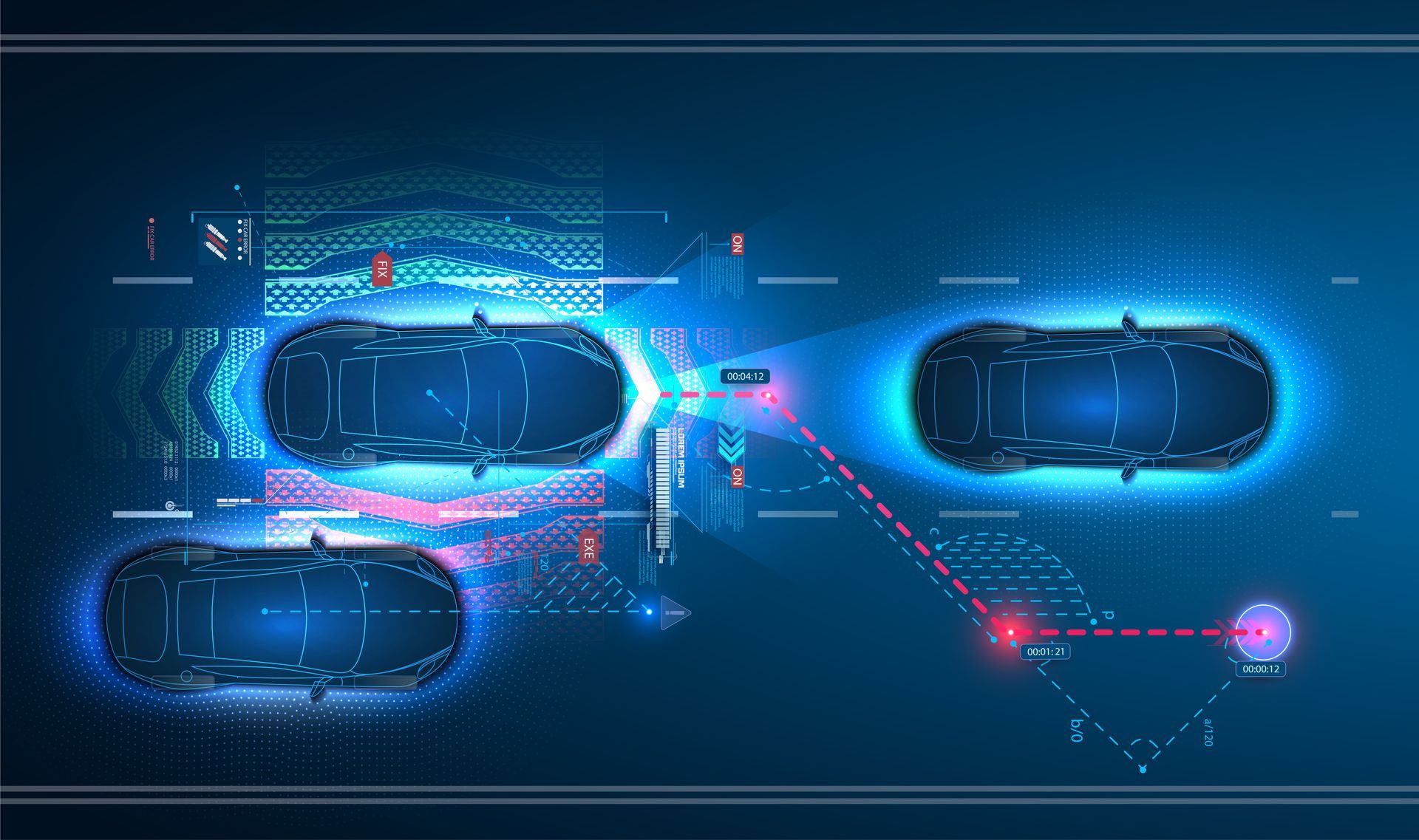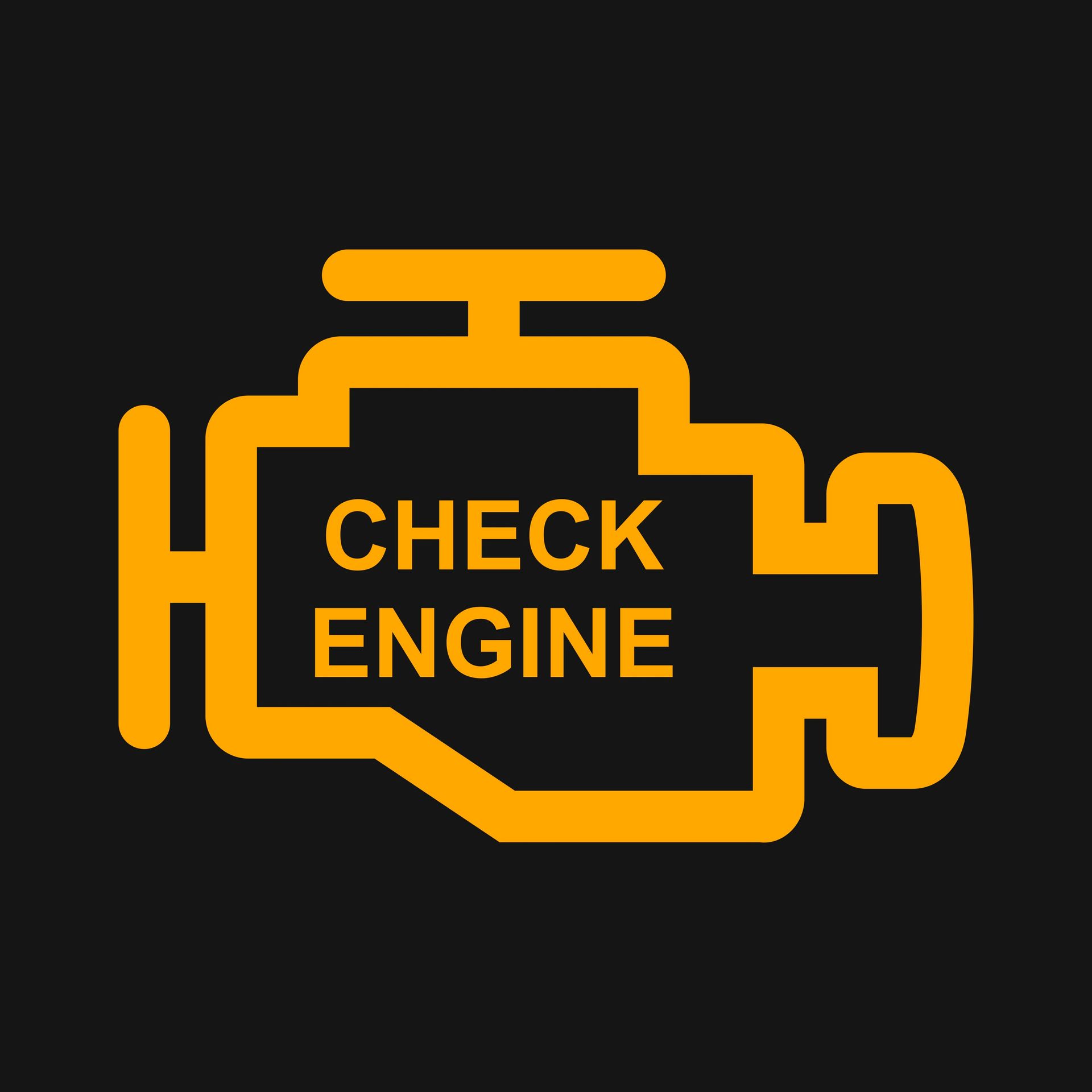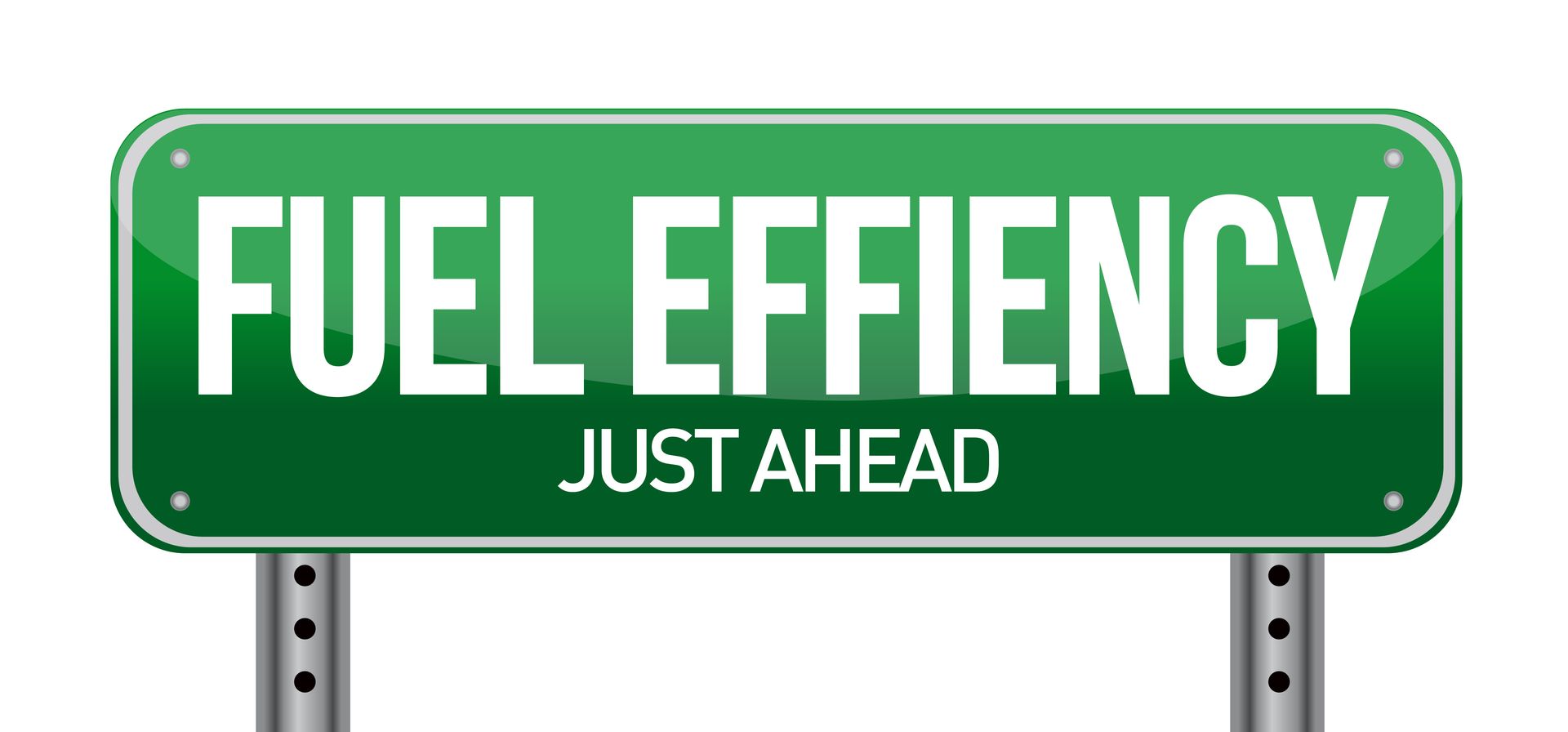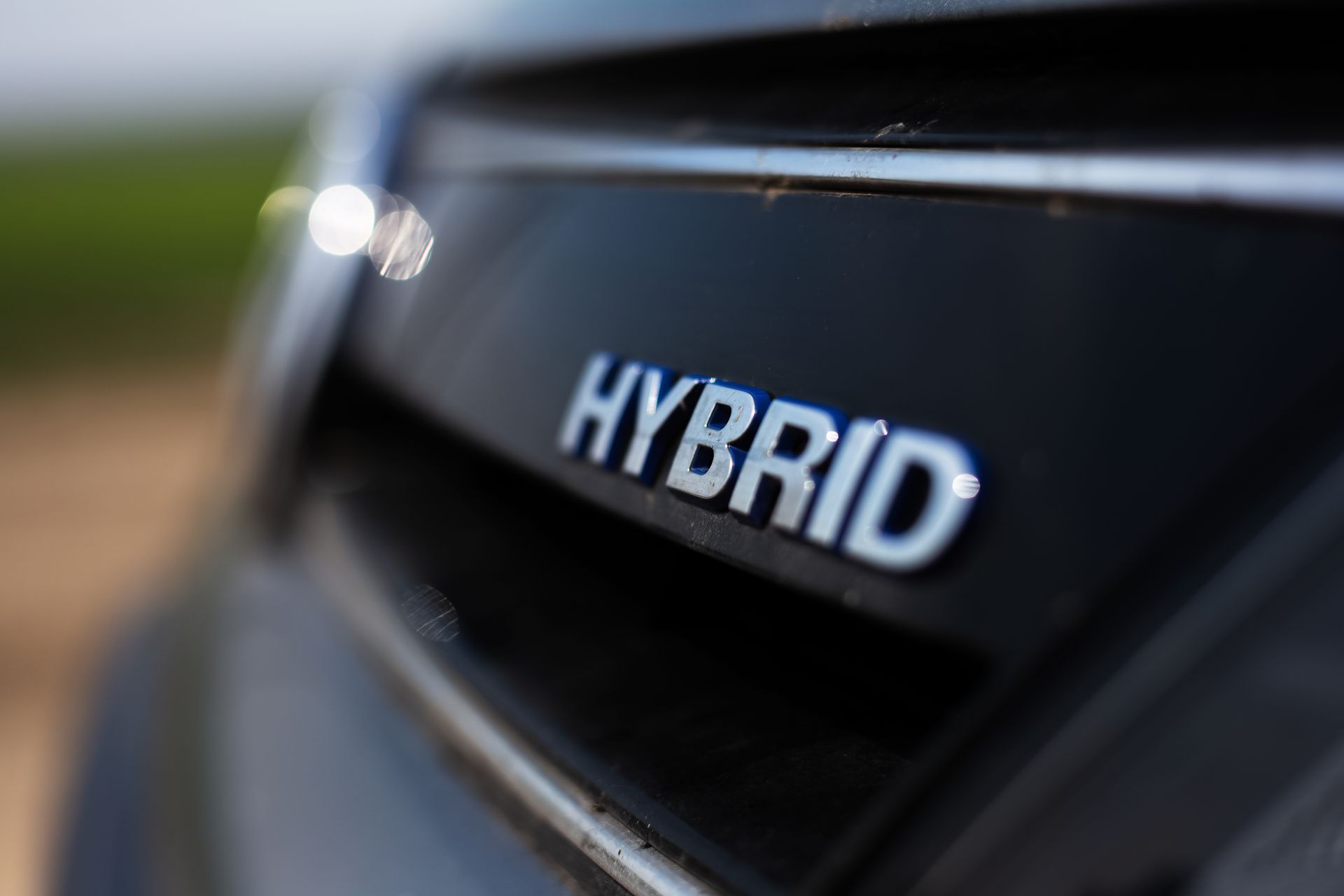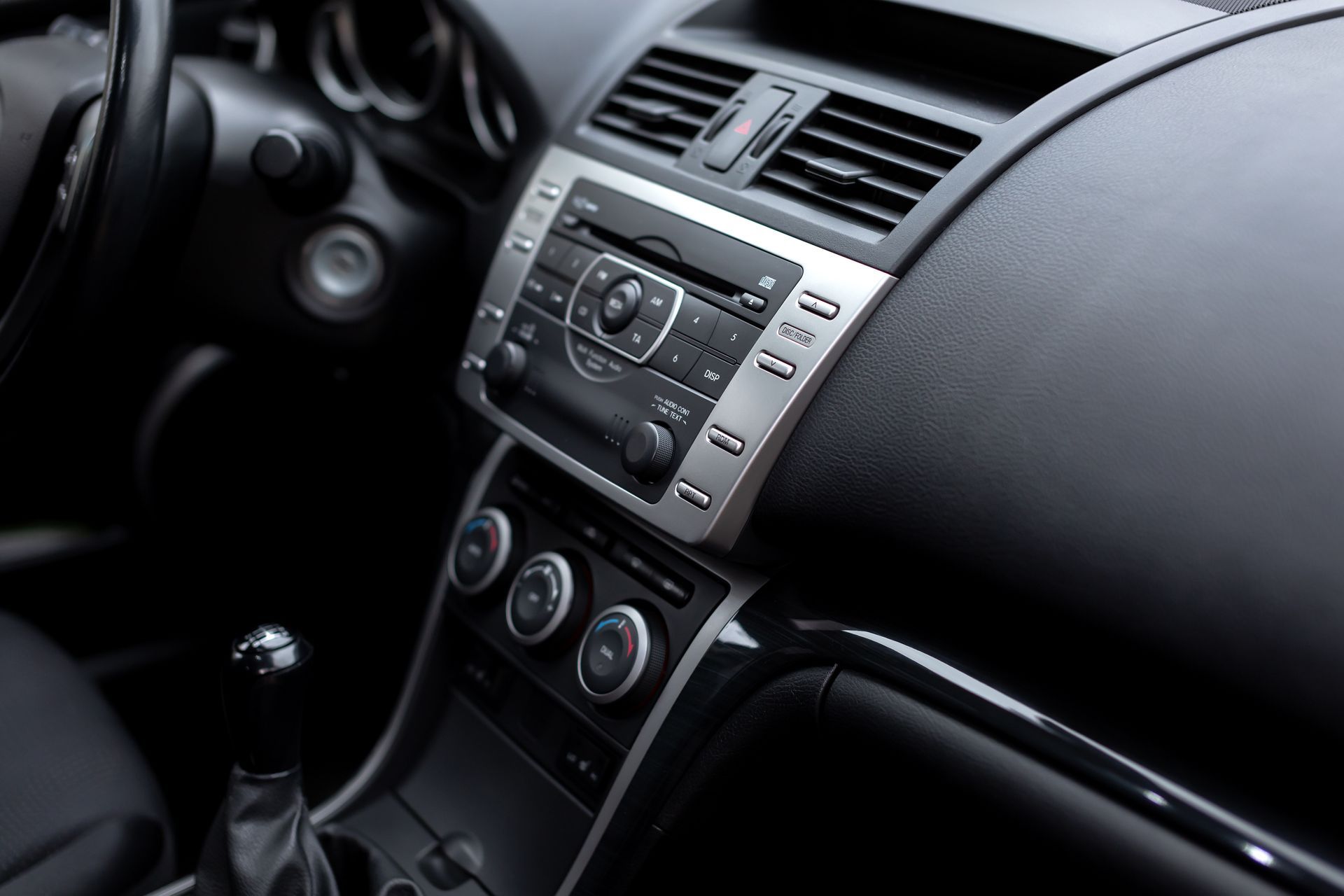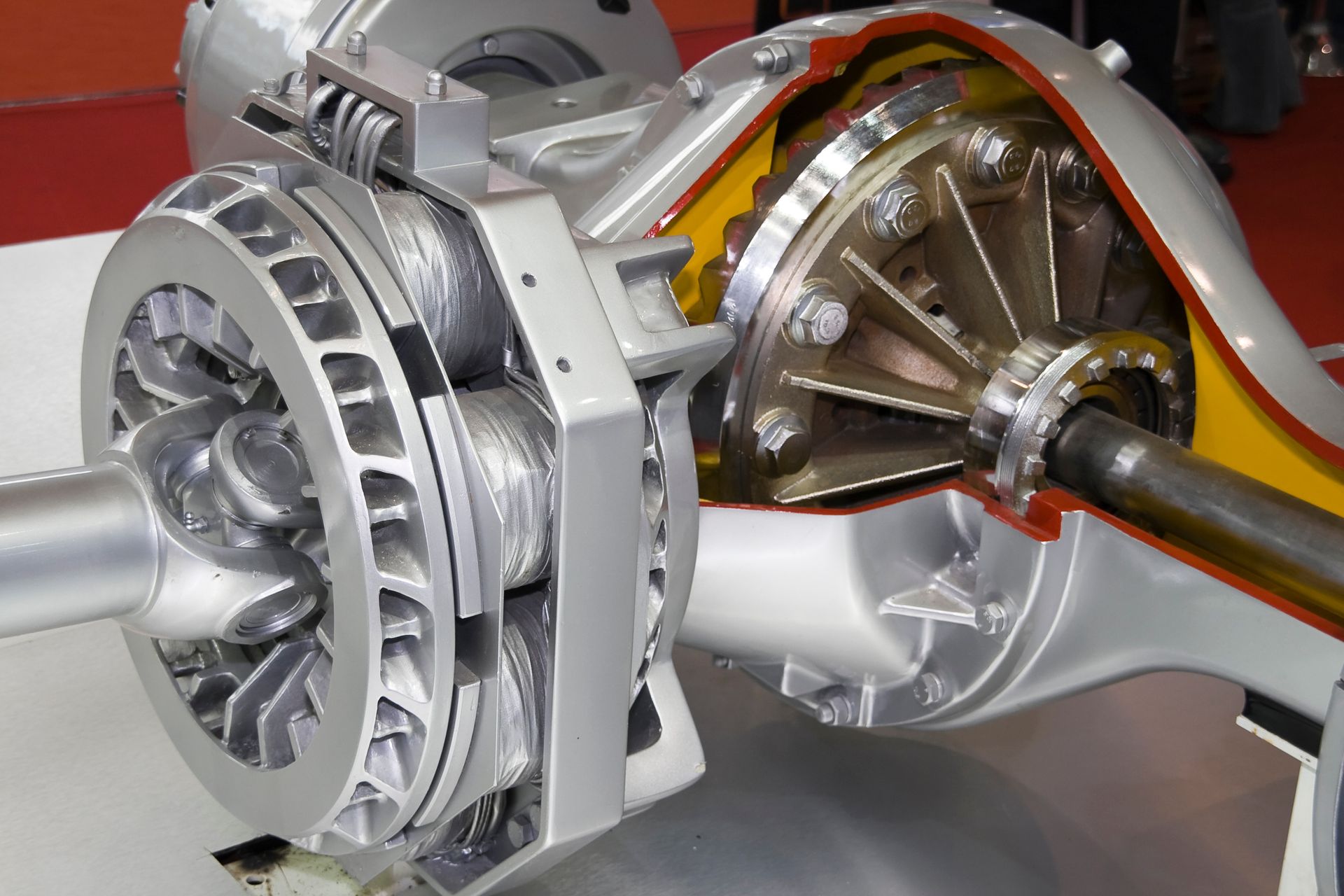Keeping your tires in top condition is essential for a safe and smooth driving experience. But how do you know when it's time to replace them? Recognizing the signs that your tires are worn out can save you from potential accidents and improve your car's overall performance. These are the key indicators that it's time to invest in new tires.
Uneven Tread Wear
One of the most obvious signs that you need new tires is uneven tread wear. This can happen for several reasons, including improper inflation, misalignment, or suspension issues. If you notice that one part of your tire is more worn than the others, it's time to have your tires inspected by a professional. Uneven tread wear can reduce traction, especially in wet conditions, increasing the risk of hydroplaning.
Low Tread Depth
Tread depth is a crucial factor in tire performance. The tread helps your car grip the road, especially in adverse conditions like rain, snow, or ice. As the tread wears down, its ability to channel water away from the tire decreases, which can lead to loss of control. Most experts recommend replacing your tires when the tread depth reaches 2/32 of an inch. An easy way to check this is by using the penny test: insert a penny into the tread with Lincoln's head upside down. If you can see the top of Lincoln's head, it's time for new tires.
Cracks and Bulges
Inspecting your tires for visible cracks and bulges is another important step in tire maintenance. Cracks can form as tires age, particularly if they are exposed to harsh weather conditions. Bulges, on the other hand, often indicate internal damage, possibly from hitting a pothole or curb. Both cracks and bulges weaken the tire structure, making it more prone to blowouts. If you notice either of these signs, replace your tires immediately to avoid potential accidents.
Vibration While Driving
Feeling excessive vibration while driving can be a sign that your tires need replacing. While some vibration is normal, especially on rough roads, unusual or excessive vibration can indicate tire problems. It might be due to an internal tire issue, uneven wear, or alignment problems. If your car shakes or vibrates more than usual, it's best to have a professional check your tires and alignment to ensure your safety.
Frequent Air Pressure Issues
If you find yourself frequently topping off your tires with air, it could be a sign of a problem. While a slow leak might be repairable, consistent issues with air pressure often indicate a more significant problem, such as a puncture or damage to the tire's structure. Maintaining the correct tire pressure is crucial for optimal performance and safety, and persistent issues may mean it's time for new tires.
Poor Traction and Handling
Have you noticed your car slipping more than usual, especially in wet or icy conditions? This could be a sign that your tires are losing their grip. Tires are designed to provide traction, and as they wear, their ability to do so diminishes. If your car's handling feels off or you notice longer stopping distances, it might be time to invest in new tires.
Age of the Tires
Even if your tires look fine, they might still need to be replaced due to age. Most tire manufacturers recommend replacing tires every six to ten years, regardless of tread wear. The rubber compounds in tires degrade over time, reducing their effectiveness. Check the manufacturing date on the tire's sidewall; if your tires are older than six years, consider replacing them, even if they appear to be in good condition.
Strange Noises
Unusual noises coming from your tires, such as thumping, squeaking, or humming, can be a warning sign. These sounds may indicate problems like tread separation, alignment issues, or worn-out tires. If you hear any unusual noises while driving, it's best to have your tires inspected by a professional to diagnose the problem.
Ready for a tire check? Visit
SCC Performance for a comprehensive tire inspection and
ensure your safety on the road. Schedule your appointment today!



